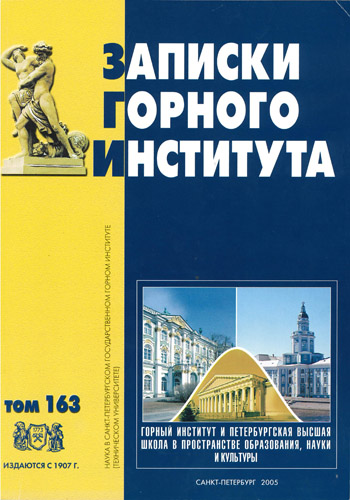Dynamical approach in describing the interaction of heavy nuclei
- G.V. Plekhanov Saint Petersburg Mining Institute
Abstract
To describe the formation of secondary particles as a result of heavy ion collisions at medium energies, a model of nuclear hydrodynamics was used, taking into account the nonequilibrium equation of state. This model was used to represent two-differential cross sections of the formation of particles and other fragments. The model of hydrodynamics taking into account thermalization and the formation of a local warm region allows us to describe the experimental two-differential cross sections of the subthreshold birth of pions, kaons, and antiprotons in nuclear-nuclear collisions. This allows, in particular, to determine the parameters of the nuclear forces and the magnitude of the nuclear matter compression modulus.
